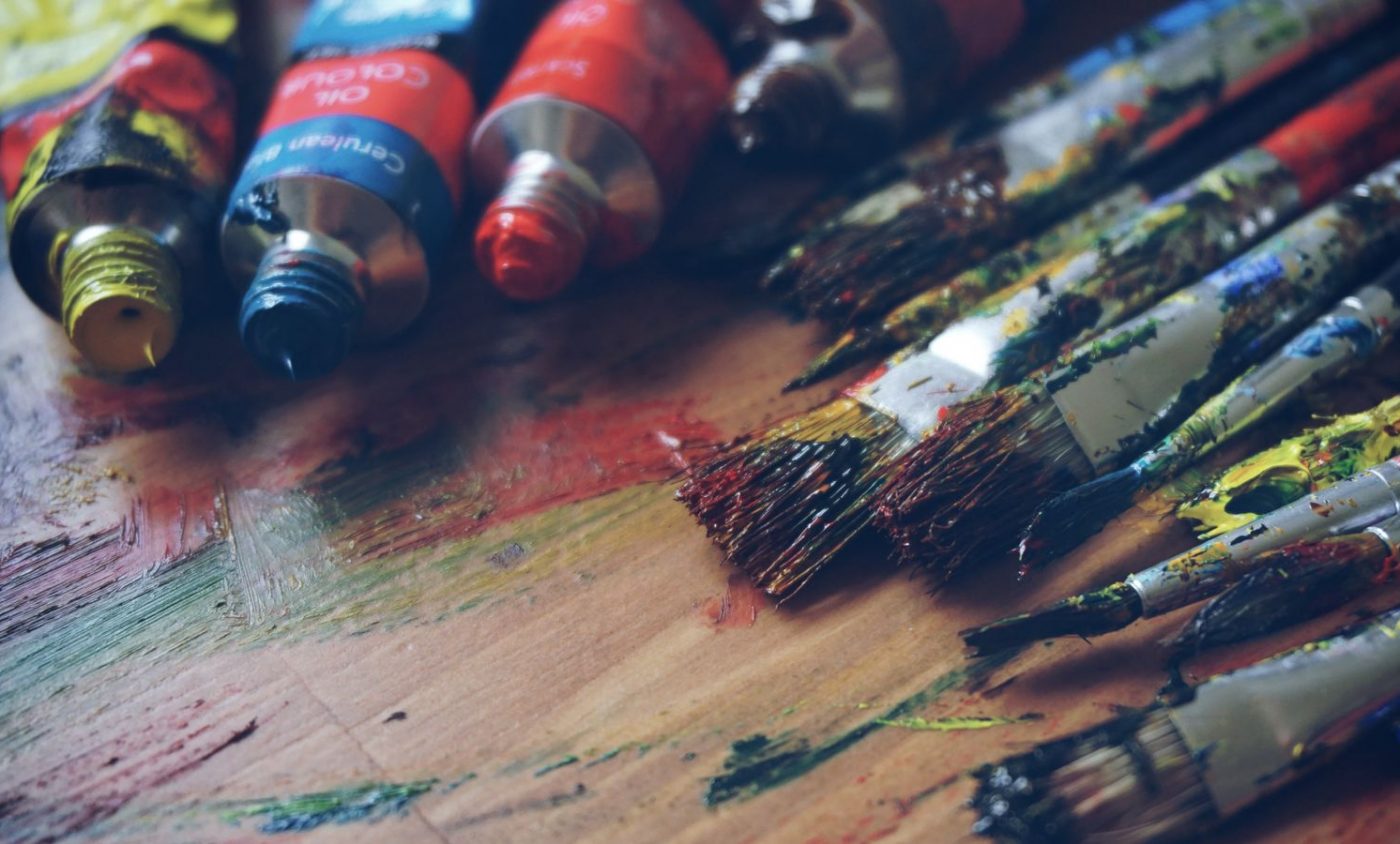Shading is a popular technique used in drawings and sketches and is a process of varying tones/values of light for depicting a range of darkness and hence creating an illusion of depth on paper. It is also to be noted that shading is but a local behavior of light on object’s surface rather than a global behavior on whole of an object.
If broken into simpler terms, local behavior refers to changes experienced by an object internally due to light whereas global behavior refers to changes such as shadows of an object due to light on it.
Types of Shading Techniques-
1) Smoothing: One of the most common methods to shade, it is simply done by adjusting pressure accordingly to the light source. Light pressure is used for areas near the light source( where the light falls) while more pressure is used for areas away from it.

2) Hatching: One of the most popular methods, hatching simply means shading with closely drawn parallel lines. However over the years, hatching has developed into more than just parallel lines. To Know more about different forms of hatching, you can see here.
3) Stippling: A rather different form, stippling is a technique many find annoying(me!) It is done with the help of dots, with multiple dots closely packed in darker regions and scarcely placed in areas where light falls directly.

4) Scribbles: One of the most fun ways to shade, scribbling is as the name sounds. It is also one of the fastest ways.

Elements/Values of Shading-
Value which depicts the lightness of darkness of a tone is very necessary in Shading. The values/elements of shades determine how realistic a particular art can be. These elements can be divided into five basic parts.-
1) Cast Shadow: The darkest point of your art, it is the usually shadow of the object projected on ground. It can also be said to be the point where light penetrates the least.
2) Form Shadow: The part in the shadow, it is next to the region of Cast Shadow and is lighter than it.
3) Halftones: The portion which is neither in the dark region nor under direct light, it begins or starts to darken as the object turns away from light source.
4) Reflected Light: The light which brightens the form shadow and can be said to the seperator of the Cast Shadow and Form Shadow.
5) Form/Full Light: This is the part which receives direct light.
You can also refer to the Ball below.

For more on arts and sketches, follow us on Instagram and WordPress. Keep Drawing!
